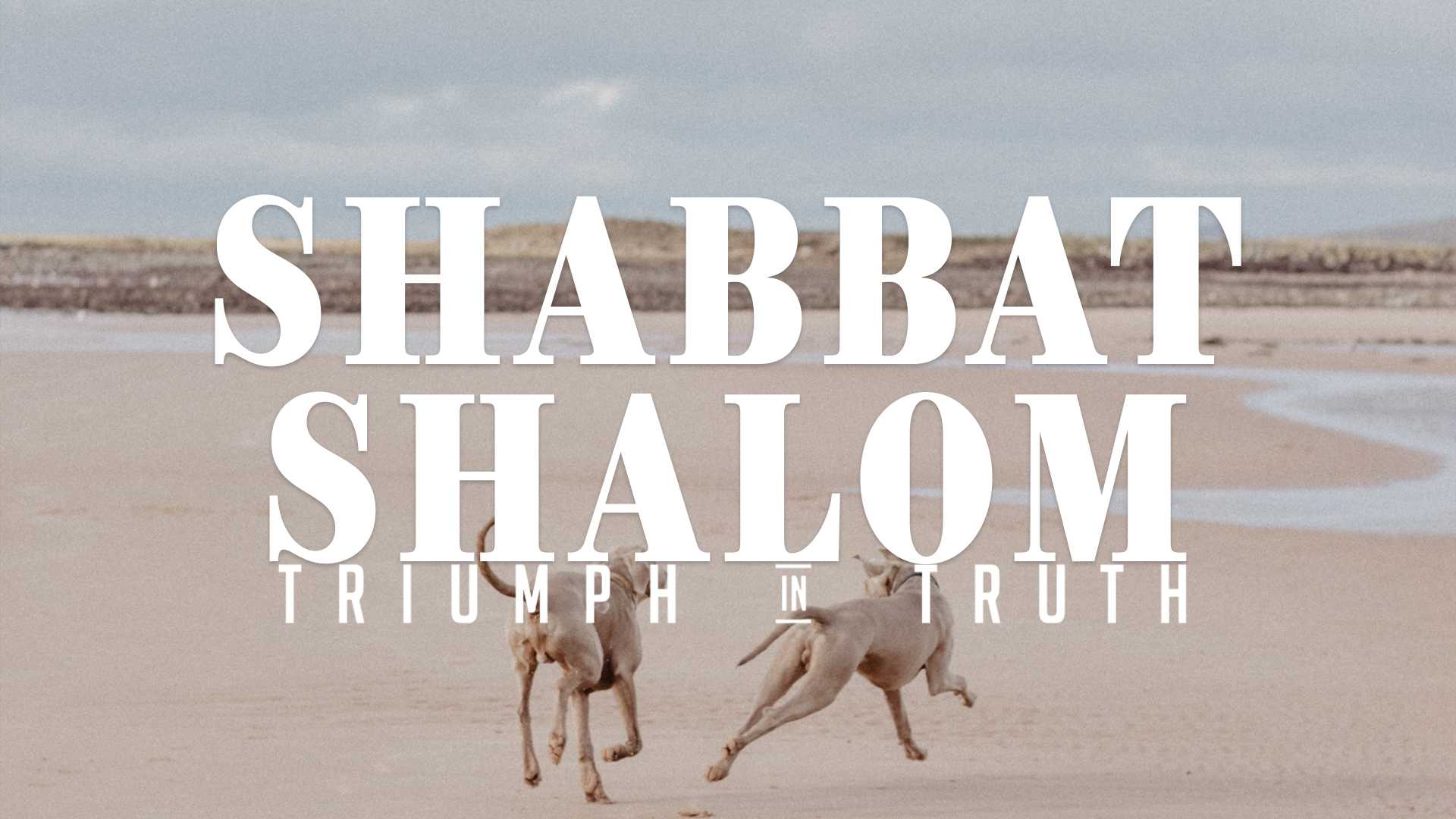Watch
Events
Articles
Market
More
This coming week, December 25-31 (1-7 Tevet), the Bible reading plan covers the portion Vayigash (And He Drew Near).
25 Dec Genesis 44:18-30 2 Samuel 20:8-21:22 Mark 12:18-44 Psalm 35:23-28
26 Dec Genesis 44:31-45:7 2 Samuel 22:1-51 Mark 13:1-20 Proverbs 7:1-5
27 Dec Genesis 45:8-18 2 Samuel 23:1-39 Mark 13:21-37 Proverbs 7:6-23
28 Dec Genesis 45:19-27 2 Samuel 24:1-25 Mark 14:1-25 Proverbs 7:24-27
29 Dec Genesis 45:28-46:27 1 Kings 1:1-53 Mark 14:26-52 Psalm 36:1-12
30 Dec Genesis 46:28-47:10 1 Kings 2:1-46 Mark 14:53-72 Psalm 37:1-11
31 Dec Genesis 47:11-27 Ezekiel 37:15-28 Mark 15:1-24 Psalm 37:12-22
The complete annual Bible reading plan for 2022-23 (Hebrew year 5783) is available at this link:
https://thebarkingfox.com/2022..../12/23/weekly-bible-



This coming week, December 25-31 (1-7 Tevet), the Bible reading plan covers the portion Vayigash (And He Drew Near).
25 Dec Genesis 44:18-30 2 Samuel 20:8-21:22 Mark 12:18-44 Psalm 35:23-28
26 Dec Genesis 44:31-45:7 2 Samuel 22:1-51 Mark 13:1-20 Proverbs 7:1-5
27 Dec Genesis 45:8-18 2 Samuel 23:1-39 Mark 13:21-37 Proverbs 7:6-23
28 Dec Genesis 45:19-27 2 Samuel 24:1-25 Mark 14:1-25 Proverbs 7:24-27
29 Dec Genesis 45:28-46:27 1 Kings 1:1-53 Mark 14:26-52 Psalm 36:1-12
30 Dec Genesis 46:28-47:10 1 Kings 2:1-46 Mark 14:53-72 Psalm 37:1-11
31 Dec Genesis 47:11-27 Ezekiel 37:15-28 Mark 15:1-24 Psalm 37:12-22
The complete annual Bible reading plan for 2022-23 (Hebrew year 5783) is available at this link:
https://thebarkingfox.com/2022..../12/23/weekly-bible-



Shabbat Shalom Triumph In Truth family! Join us for the premiere of our weekly Shabbat videos on YouTube! https://youtube.com/@TriumphInTruthMedia



